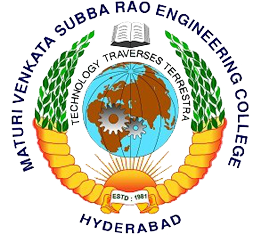With effect from the academic year 2015-2016
EE 221
ELECTRICAL CIRCUITS AND MACHINES (Common to CSE, IT, ME and PE)
Instruction 4 Periods per week
Duration of University Examination 3 Hours
University Examination 75 Marks
Sessional 25 Marks
Course Objectives
- 1.To acquire knowledge in electrical circuits.
- 2.To be able to understand the basic principle operation and performance of electrical machines.
UNIT-I
DC & AC Circuits: Analysis of circuits using loop current method, Thevenin’s and Norton’s theorems, Sinusoidal sources, Phasor representation of sinusoidal quantities, Average and rms values, Active power, Reactive power, Energy stored in inductance and capacitance, Mutual inductance, Dot convention, analysis of simple coupled circuits.
UNIT-II
Production of 3-Phase Voltages: Analysis of 3-phase balanced circuits, 3-phase power measurement by two-wattmeter method. Transformers: Principle of transformation of voltages and currents, Equivalent circuit of transformer on no load and load, Efficiency and regulation of transformer, OC and SC tests, Auto-transformer.
UNIT-III
DC Machines: Construction and working principle of a DC machine, Production of emf in a generator, Types of excitation, Characteristics of series, shunt and compound motors, Speed control and application of DC motors, Losses and efficiency, three point starter.
UNIT-IV
Induction Motors: Production of rotating magnetic field, Construction and principle of operation of induction motors, Speed-torque characteristics, Methods of starting and Speed control of 3-phase induction motors,
UNIT-V
Single-Phase & Special Motors: Various types of single phase motors, Spilt phase, Capacitor start and Capacitor run, Basic features of Stepper motor and Brushless DC motor.
Suggested Reading:
- 1.Naidu M.S. & Kamakshiah S, Introduction to Electical Engineering, Tata McGraw Hill, 1995.
- 2.John Bird, Electrical Circuit theory and Technology, Routledge Taylor & Francis Group, Fourth Edition, 2012.
- 3.Mehta V.K., Principles of Electrical Engineering and Electronics, S.Chand & Co., 1999.
A. Chakrabarti, Sudipta Nath, Chandan Kumar Chanda, “Basic Electrical Engineering” Tata McGraw Hill Education PVT. LTD., 2009.



